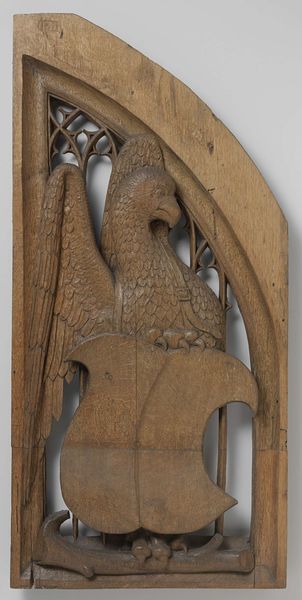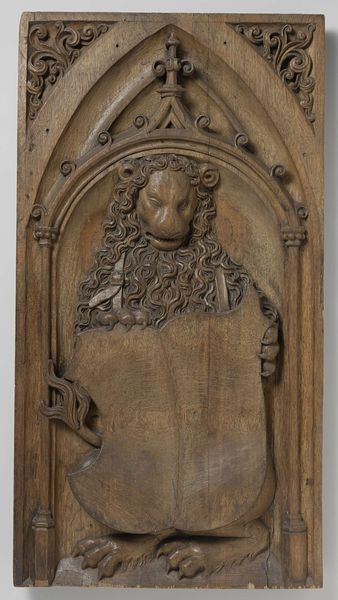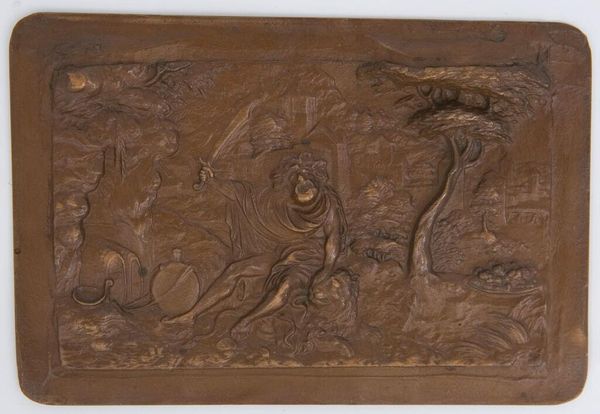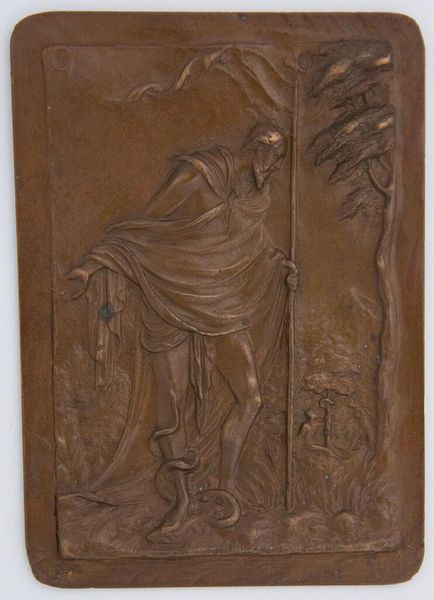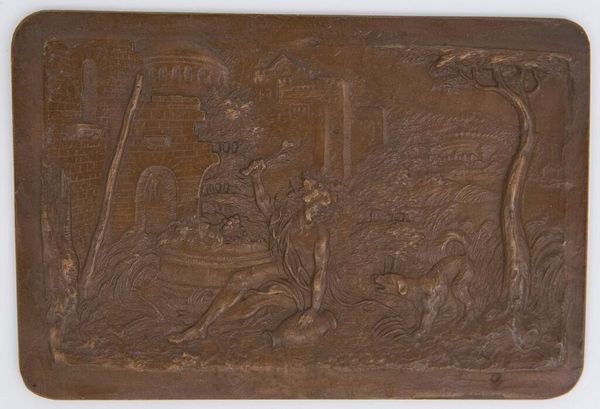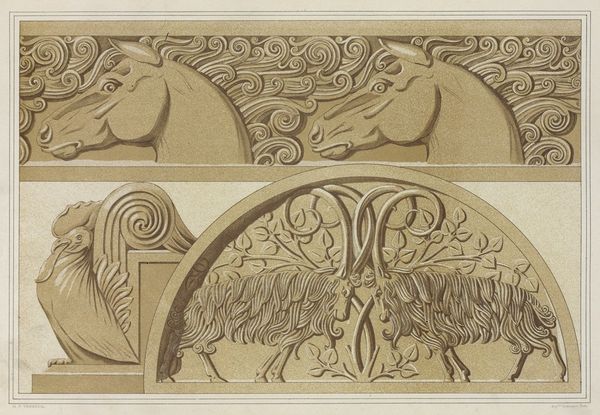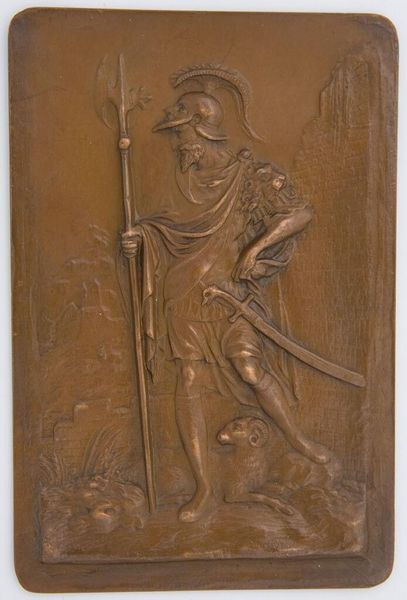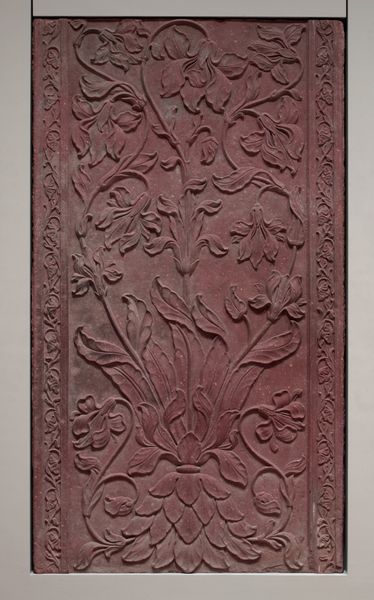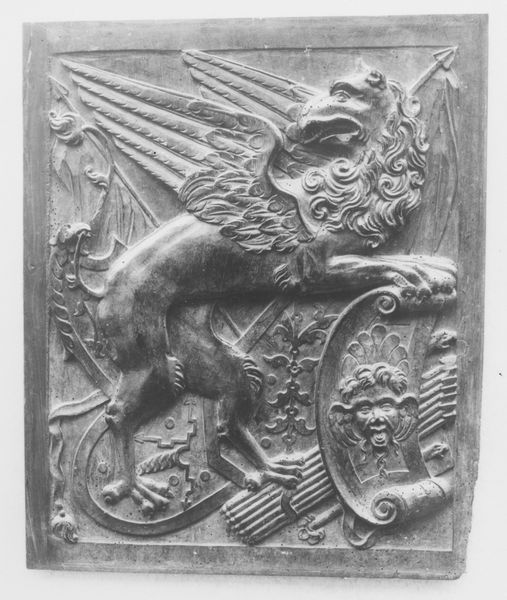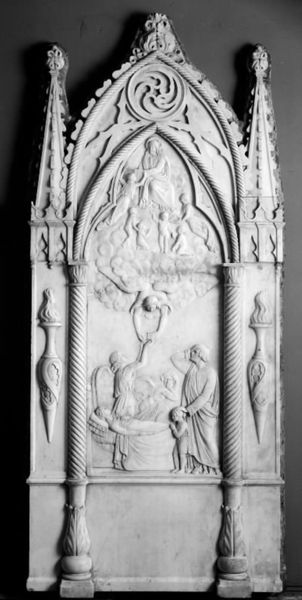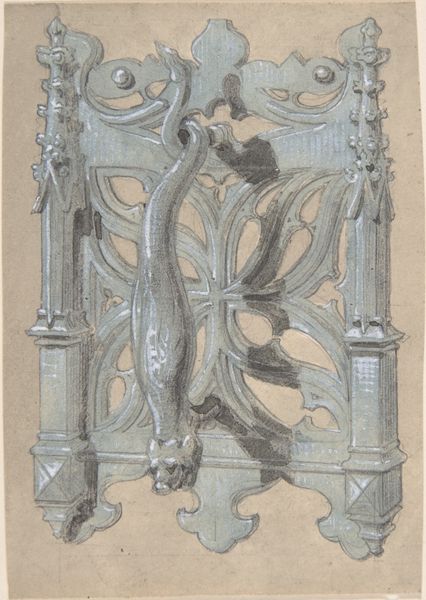
Panels from an organ case in the church of Saint Vitus in Naarden c. 1510 - 1520
0:00
0:00
carving, relief, wood
#
medieval
#
carving
#
sculpture
#
relief
#
figuration
#
wood
#
northern-renaissance
Dimensions: height 88 cm, width 42 cm, depth 5 cm
Copyright: Rijks Museum: Open Domain
Jan van Schayck carved these wooden panels for the organ case in the church of Saint Vitus in Naarden, likely in the late 15th or early 16th century. The griffin depicted was a popular symbol in the Netherlands, combining the power of an eagle with the strength of a lion. It was often used heraldically, particularly among noble families. Here, its presence on an organ case signals the patron's elevated social status, and perhaps even serves as a metaphor for the power of sacred music. The griffin’s association with vigilance and guardianship may also allude to the protective role of the Church. To understand this panel better, we might turn to studies of late medieval heraldry and the patronage of church music. By investigating the socio-political context in which such images were created, we can gain further insights into the complex meanings they held for their original audiences.
Comments
rijksmuseum about 2 years ago
⋮
These ten figures adorned the medieval organ in the church of Saint Vitus in Naarden. Each figure holds a weapon and a coat of arms on a strap. Some are dressed as knights with a breastplate and a helmet, others as princes or noblemen. They may represent the Counts of Holland. All the shields would have originally been painted.
Join the conversation
Join millions of artists and users on Artera today and experience the ultimate creative platform.
